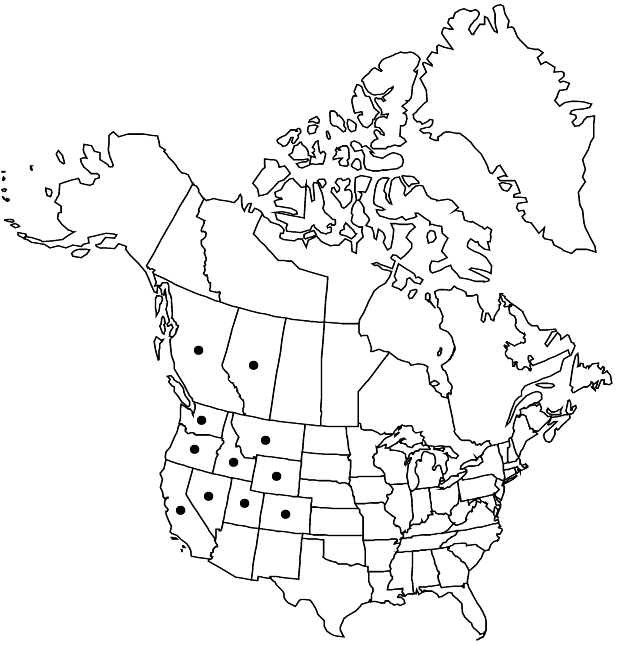Difference between revisions of "Rhododendron columbianum"
Ann. Bot. Fenn. 27: 203. 1990,.
FNA>Volume Importer |
FNA>Volume Importer |
||
| Line 7: | Line 7: | ||
}} | }} | ||
|common_names=Western Labrador tea | |common_names=Western Labrador tea | ||
| − | |basionyms={{Treatment/ID/ | + | |basionyms={{Treatment/ID/Basionym |
|name=Ledum columbianum | |name=Ledum columbianum | ||
|authority=Piper | |authority=Piper | ||
| − | }} {{Treatment/ID/ | + | |publication_title=Contr. U.S. Natl. Herb. |
| + | |publication_place=11: 441. 1906 | ||
| + | }} {{Treatment/ID/Basionym | ||
|name=Ledum glandulosum | |name=Ledum glandulosum | ||
|authority=Nuttall | |authority=Nuttall | ||
| + | |publication_title= | ||
| + | |publication_place=1843 | ||
}} | }} | ||
|synonyms={{Treatment/ID/Synonym | |synonyms={{Treatment/ID/Synonym | ||
| Line 55: | Line 59: | ||
|publication year= | |publication year= | ||
|special status= | |special status= | ||
| − | |source xml=https://jpend@bitbucket.org/aafc-mbb/fna-data-curation.git/src/ | + | |source xml=https://jpend@bitbucket.org/aafc-mbb/fna-data-curation.git/src/f6b125a955440c0872999024f038d74684f65921/coarse_grained_fna_xml/V8/V8_897.xml |
|subfamily=Ericaceae subfam. Ericoideae | |subfamily=Ericaceae subfam. Ericoideae | ||
|genus=Rhododendron | |genus=Rhododendron | ||
Revision as of 20:31, 24 September 2019
Shrubs or trees, to 2 m, rhizomatous. Stems: bark smooth, sometimes peeling or shredding with age; twigs unicellular-hairy, papillate, with flattened, glandular scales (lepidote). Leaves persistent, (fragrant when crushed); petiole with glandular-peltate scales without broad rim and few, ferruginous, long-crisped hairs; blade (white or pale green abaxially), ovate to lanceolate, (1–)2–8 × 1.5–3 cm, coriaceous, margins entire, plane, glabrous, apex usually acute, abaxial surface sparsely to densely papillate, with few, ferruginous, long-crisped hairs and glandular-peltate scales without broad rim, adaxial surface with scattered lepidote scales and/or papillae, sometimes also unicellular-hairy along midrib. Floral bud scales with peltate scales without broad rim and unicellular-hairy abaxially, margins unicellular-hairy. Inflorescences slightly rounded, 10–35-flowered; bracts lepidote abaxially, margins ciliate, unicellular-hairy. Pedicels 4–25 mm, with dense to sparse, ferruginous, long-crisped, unicellular and/or peltate scales, sometimes also long-stalked, multicellular glandular-hairy. Flowers radially symmetric, opening after leaves (of flowering shoots), ± erect, fragrance not noticeable at mid day; calyx lobes (often reflexed in fruit), ± 1–1.5 mm, outer surface densely to sparsely unicellular-hairy (hairs tan) and multicellular stipitate-glandular-hairy (hairs red) on margins; corolla white to cream, without blotch, ± rotate, 2–8 mm, inner surface hairy proximally, outer surface glabrous, petals appearing distinct or only slightly connate basally, lobes (4–)5–7 mm; stamens (8–)10(–12), exserted, ± equal, 4.5–8.4 mm. Capsules borne on recurved pedicels, 2.5–5 × 2–6 mm (only slightly longer than wide), glabrous, acropetally dehiscent. Seeds somewhat elongated beyond narrow ends; testa closely appressed. 2n = 26.
Phenology: Flowering spring-mid summer.
Habitat: Bogs, swamps, stream margins, sometimes on well-drained sites
Elevation: 0-3500 m
Distribution

Alta., B.C., Calif., Colo., Idaho, Mont., Nev., Oreg., Utah, Wash., Wyo.
Discussion
Selected References
None.